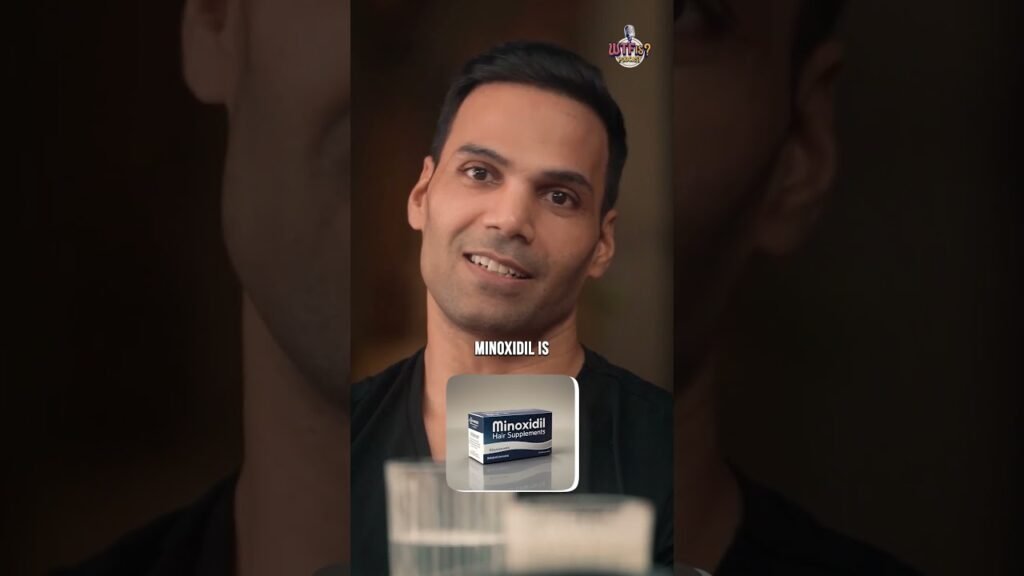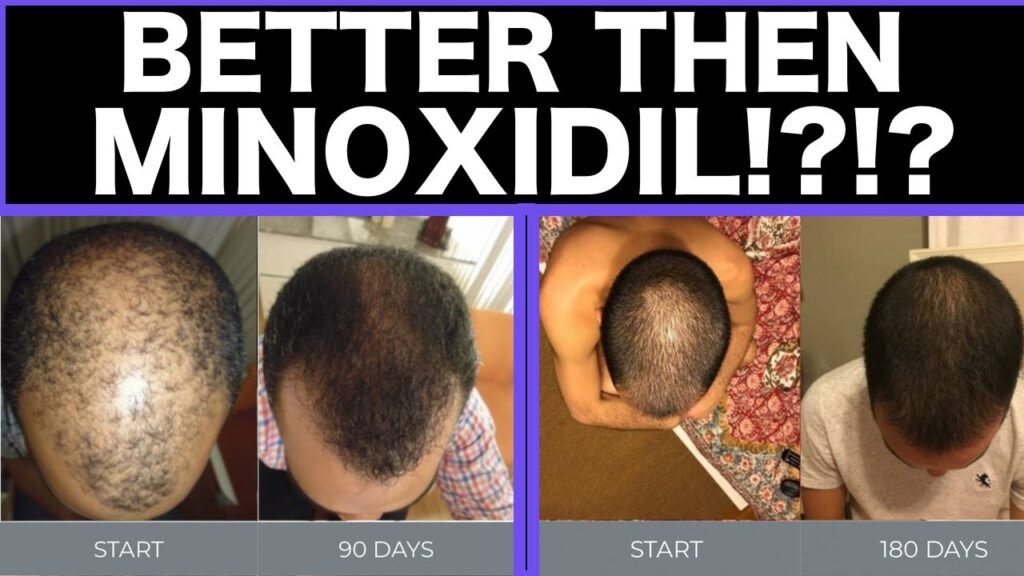What to expect from Minoxidil vs finasteride
When considering hair loss treatments, its crucial to understand what to expect from Minoxidil vs Finasteride. Both are FDA-approved treatments for androgenetic alopecia but work through different mechanisms. Minoxidil is a topical solution applied directly to the scalp, known for stimulating hair follicles and increasing blood flow to the area, which can promote hair regrowth. Users can expect gradual improvements, typically noticing results after about three to six months of consistent use. Its important to note that Minoxidil is generally well-tolerated, but some users may experience mild scalp irritation or itching.
Finasteride, on the other hand, is an oral medication that works by inhibiting the enzyme 5-alpha-reductase, which is responsible for converting testosterone into dihydrotestosterone (DHT). DHT is a hormone linked to hair loss, so by reducing its levels, Finasteride can help prevent further hair loss and potentially promote regrowth. Users often start to see noticeable results within three to four months, with more significant improvements over time. However, some users may experience side effects such as decreased libido or other sexual side effects, which are generally rare but worth considering.
Combining Minoxidil and Finasteride
For those seeking enhanced results, combining Minoxidil and Finasteride is a common approach, as they target hair loss through different pathways. This combination can potentially offer a more comprehensive treatment, addressing both the hormonal and follicular aspects of hair loss. While individual responses vary, many users report better outcomes when using both treatments together. Always consult a healthcare provider to ensure this combination is suitable for your specific needs and to discuss any potential side effects or interactions.


